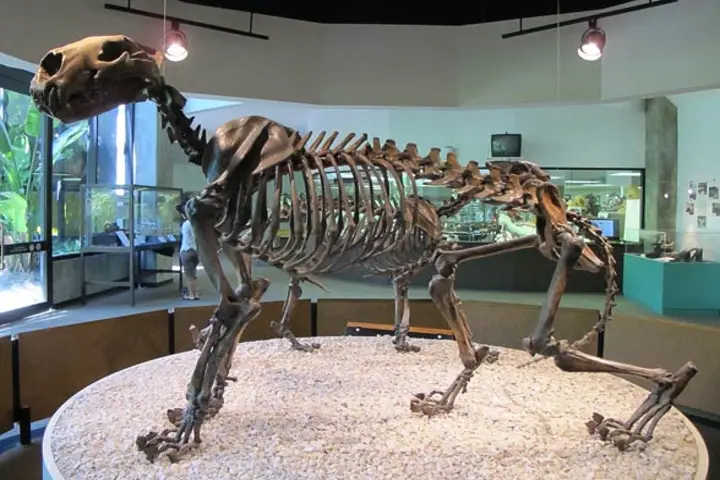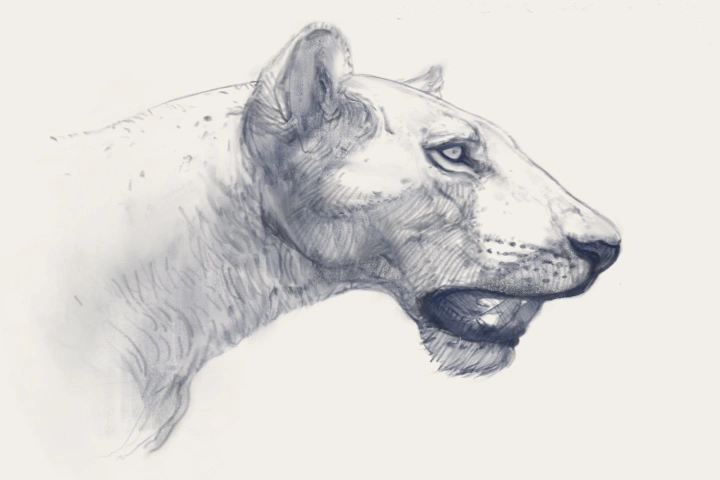One is never sure of what surprises are in store when one goes around exploring. Something similar to this happened to Wiley Prewitt who while looking at a freshly uncovered sandbar in the Mississippi river affected by drought spied something sticking out of the sand which was black in colour.
As per a report in smithsonianmag.com, when Prewitt scrutinised the object closely it dawned on him that it was a tooth which was really big! While he guessed that it belonged to a carnivore, he took it to the Mississippi Fossil and Artifact Symposium & Exhibition event where he urged the experts to examine it.
Following a close inspection, the palaeontologists declared that the tooth which was fixed to a part of the fossilised jaw bone belonged to Panthera atrox or the American lion. This species roamed the region 11,000 years ago before becoming extinct.
These huge predators were found in North America in the Pleistocene period and they came into being 340,000 years ago. Finding their fossilised remains in the eastern United States is very rare and the tooth that Prewitt found is the fourth specimen in Mississippi.

Interestingly, when Prewitt went to the fossil and artifact event to have the specimen he discovered studied, they had been discussing the earlier American lion fossils that had been found. Describing this unusual situation aptly to McClatchy News, George Phillips, Curator of Palaeontology at the Mississippi Museum of Natural Science, said it was “one of those true moments where you blink a couple of times, because you can’t believe your eyes.”
According to the scientists these ancient lions of America were 25 per cent bigger than today’s African lions and they were four feet tall at the shoulders and in length varied from five to eight feet. Among them there were some individuals who may have been weighing 450 kilograms though others were between 225 kg to 360 kg.
Talking about this ancient species to Newsweek, Kate Lyons, a palaeoecologist at the University of Nebraska said: “Because the American lion is just a different subspecies, but the same species as the African lion, it would have looked like a larger version of the African lion. However, we don’t know whether or not it had a mane like African lions, as preservation of things like skin or hair are very rare in the fossil record.”
The researchers and scientists hope that Prewitt will share his find with others including museums and lab collections for more study on it.
Hailing from Oxford, Mississippi, Prewitt found this tooth near Rosedale – a small town on the Mississippi-Arkansas border.














